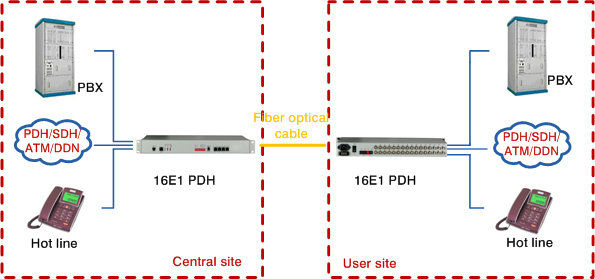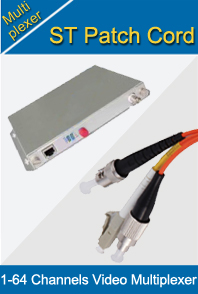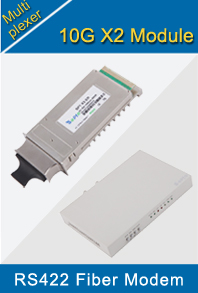-

- Sopto Home
-

- Special Topic
-

- Multiplexer Knowledge
-

- Current Generation of WDM
Multiplexer Knowledge
- Why is Multiplexing Needed in Data Communication Systems?
- What is Concept of Multiplexing in Telephone System?
- What is Digital TV Frequency?
- Outlook of the WDM Networks
- DWDM Technical Overview
- CWDM Technical Overview
- How to Activate Cable Modems?
- How to Install a Fiber Optic Modem?
- How do I Choose a Best Fiber Modem?
SOPTO Special Topic
Certificate



Guarantee
Except products belongs to Bargain Shop section, all products are warranted by SOPTO only to purchasers for resale or for use in business or original equipment manufacturer, against defects in workmanship or materials under normal use (consumables, normal tear and wear excluded) for one year after date of purchase from SOPTO, unless otherwise stated...
Return Policies
Defective products will be accepted for exchange, at our discretion, within 14 days from receipt. Buyer might be requested to return the defective products to SOPTO for verification or authorized service location, as SOPTO designated, shipping costs prepaid. .....
Applications
Multiplexers can be used to connect PBX, Hot line and other devices of network from central site to user site through fiber optical cable.
SOPTO Products
- Fiber Optic Transceiver Module
- High Speed Cable
- Fiber Optical Cable
- Fiber Optical Patch Cords
- Splitter CWDM DWDM
- PON Solution
- FTTH Box ODF Closure
- PCI-E Network Card
- Network Cables
- Fiber Optical Adapter
- Fiber Optical Attenuator
- Fiber Media Converter
- PDH Multiplexers
- Protocol Converter
- Digital Video Multiplexer
- Fiber Optical Tools
- Compatible
Related Products
Performance Feature
High integration desig
Low power consumption
Good EMC, EMI
Stable and Reliable
Multiplexer Knowledge
Recommended


Current Generation of WDM
The fixed 50-GHz grid pattern specified by ITU standards is shown in Figure 1. Any 10G, 40G, or 100G optical service can be carried over any of the 50-GHz channels, which enables carriers to mix and match service rates and channels as needed on their networks.
Figure1

The ITU's fixed 50-GHz grid and its 100-GHz variant form the foundation for today's optical networks.
A look inside each channel reveals some interesting differences between the optical rates and resulting efficiency of the optical channel (see Figure 2). A 10G optical signal easily fits within the 50-GHz-channel size, using about half the available spectrum. The remaining space within the 50-GHz channel is unused and unavailable. Meanwhile, the 40G and 100G signals use almost the entire 50-GHz spectrum.

Optical rates and their spectral efficiency
Spectral efficiency is one measure of how effectively or efficiently a fiber network transmits information and is calculated as the number of bits transmitted per Hz of optical spectrum. With 10G wavelengths the spectral efficiency is only 0.2 bit/Hz, while the 100G wavelength provides a 10X improvement in spectral efficiency to 2 bits/Hz. The more bits that can be transmitted per channel, the greater the improvement in spectral efficiency and increase in overall network capacity and the lower the cost per bit of optical transport.
While 100G wavelengths are becoming more common, carriers are already planning for higher-speed 400G and 1T channels on their future ROADM networks, with the expectation that spectral efficiency will at least remain the same, if not improve. New ways of allocating bandwidth will be needed to meet these expectations.
For more information, please contact a Sopto representative by calling 86-755-36946668, or by sending an email to info@sopto.com.



